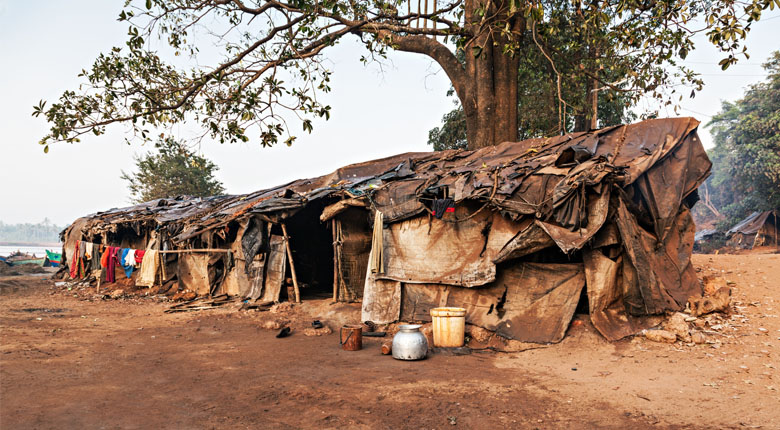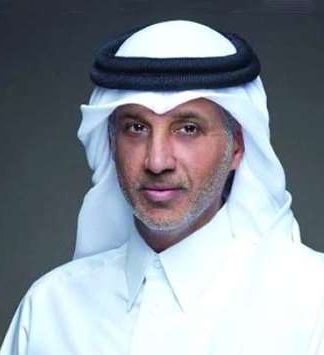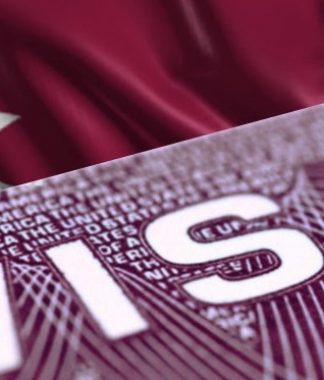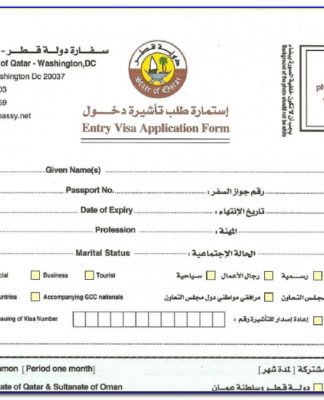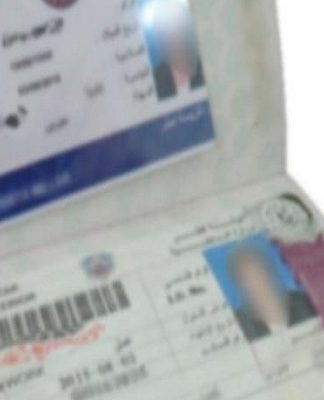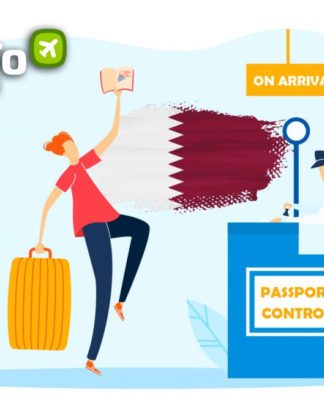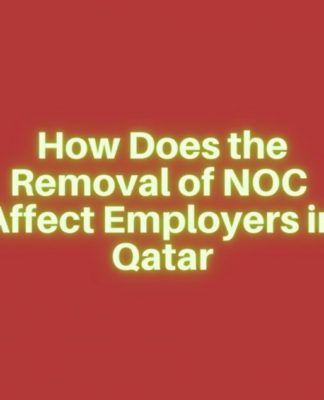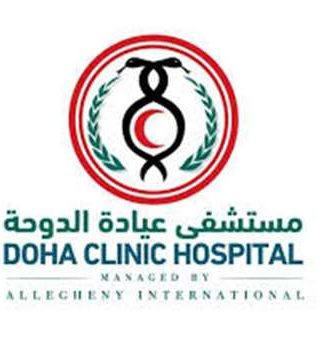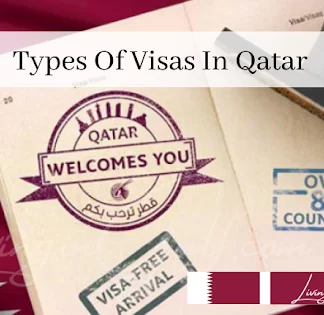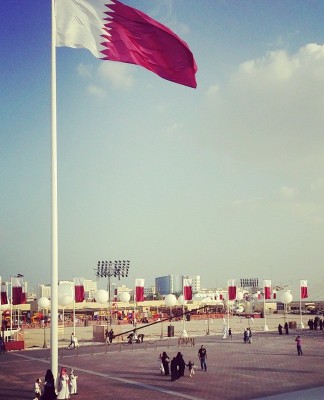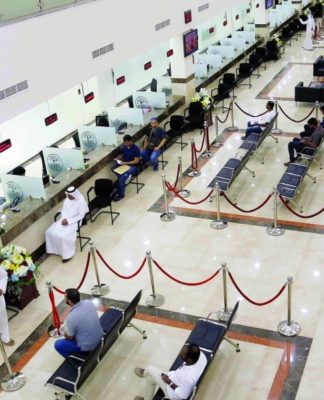
While you complain about the food you eat, there are people who usually don’t get to eat three times a day. While you despise the way you live, there are homeless people living in the streets. While you hate your life, there are those people who are struggling to live. Life is quite fair but it only has its own right timing.
It’s easy to classify a first world country from a third world country just as how it’s easy to neglect the intensity of inequality in the world. When we hear of a well-known city, we all think it is progressive or developing. But believe it or not, unfamiliar cities within a country are likely classified as a poor city. How do we really differentiate a poor from a progressive country?
In a survey done by the United Nations, the top ten poorest cities in the world compiled by the Economist Intelligence Unit mostly comprises of the cities from the African continent. Yes, I know. African countries are the least developed countries in the world. In all cases, supplies, clean water, transportation, infrastructure, healthcare and medical facilities, overpopulation, and illiteracy are the primary concerns of these cities.
When we say Least Developed Countries (LDC), we are talking about the world’s most impoverished and susceptible countries. These countries are classified according to their low gross national income (GNI), their vulnerable human assets, and their high degree of economic susceptibility.
First, the low income is based on a three-year average approximate of the gross national income (GNI) per capita. Secondly, the human resource weakness covers the overall total of the Human Assets Index (HAI) involving nutrition, health, education and adult literacy. And finally, the economic vulnerability involves the instability of agricultural production, exports of goods and services; the economic importance of non-traditional activities, merchandise export concentration and the drawback of economic smallness.
Let’s take a look at these cities for some information on the backdrop of the life these people are living in and to understand why their places are left behind.
10. ADDIS ABABA, ETHIOPIA

Founded in 1886, Addis Ababa is the largest and capital city of Ethiopia with a population of over 3,384,569. This chartered city is often called “the political capital of Africa” for its historical, diplomatic and political importance for the continent. Although the city is slowly booming with its economy, it has still a long way ahead to track. Addis Ababa has distinct economic activities which differ from trade and commerce, manufacturing and industry, homemaking of different variety, civil administration, transport and communication, education, health and social services, hotel and catering services, and agriculture. Some rural areas involve in animal husbandry and gardening. Constructions and establishments of new tall buildings are also observed. Addis Ababa, also referred to as “the spa capital of Africa”, has no standardized transport system and the main problem which hinders the further development of the city is their water shortages.
9. DAKAR, SENEGAL

The major administrative center, Dakar is the home of the Senegal National Assembly and the Presidential Palace with a population of over 1,030,594 as of December 5, 2005. With Senegal’s industries like fishing, cotton, and agriculture, Dakar is also profits from these. As the economy of the city continuously booms, UN distinguished the city’s development as revelatory especially in the infrastructure development and overall progress. These advancements were made through the effective telecommunications which served as a key point. However, clean water supply is a major concern as well as its political instability in the entire West Africa. The nearby cities, however, affects the nation with its low national GDP.
8. HARARE, ZIMBABWE

The capital of Zimbabwe, Harare is the most populous city in Zimbabwe with a population estimating to 1,606,000 as of 2009. Harare is the major financial, commercial, and communication hub. It is also a trade center for tobacco, maize, cotton, and citrus fruits. Manufactured products like textile, steels and chemicals, and gold is rich in the area. Many have observed that the city is filled with high-rise buildings and it may seem developed and distinct to other African cities. However, slum areas have grown as the population increased by 17 percent that are living in overcrowded places as per the UN. Outbreaks of typhoid fever have been the main problem in the city as well as the shortage of water.
7. DAR ES SALAAM, TANZANIA

The largest city in Tanzania, Dar es Salaam is also the largest city in Eastern Africa by population. The largest Swahili city is the major arts, fashion, music, media, and film and television center in the country. It is also the most prominent city for business and government. However, unlike the city of Harare, Dar es Salaam has an overwhelming 70 percent of informal settlers. The rapid increase of the population of the city has something to do with this. The population of the city seemed to boom into an estimate of four million inhabitants. Now, overcrowding tends to cause diseases especially that the people have no access to clean water and proper sanitation facilities. Gender discrimination and sexually transmitted infections (HIV/AIDS) have been the highlight of the major problems of the city. While the rich becomes the richest, the poor becomes the poorest. Income inequality is also a problem as it worsens over time.
6. LUSAKA, ZAMBIA

The capital city of Zambia, Lusaka has been considered as one of the fastest growing cities in Southern Africa. With its poor level of natural assets, poor infrastructure and housing, pollution and low standard of living for the average citizen, Lusaka has been ranked as the third worst city in the world by The Economist. The life of the locals in the city is expected to only be 56 due to the harsh living conditions in the country. High levels of HIV/AIDS with about 1.1 million residents are diagnosed with the infection. As a result, 670,000 children are turned in the orphanages. Although the city is largest producer of copper, the government has been criticized for suffocating the government’s actions and voices hinder the prosperity of the city.
5. NIAMEY, NIGER

The capital of Niger, Niamey is the administrative, cultural and economic center of Niger. While the city attempted to advance, it resulted to the division of wealth among the urban and rural parts of the country. Due to this conflict, Niamey is weakly progressing making it one of the poorest cities in the world. As the population escalates, crime rates like drug smuggling, kidnapping, terrorism and also violations of women’s rights have become a serious issue in the region. Al Qaeda has also been setting foot in the region. Racism, religion and ethnic discrimination are also an issue which raises the tensions in the capital city and in the country. Now, another problem Niamey faces is the shortage of food.
4. BAMAKO, MALI

Bamako is the capital of Mali with an estimate of 1.4 million populations. The city manufactures textiles, processed meat, and metals. The downtown area is highly overcrowded, polluted and expensive. Just like Niamey, Bamako is developing while the population growth increases. The level of prosperity is a long way off in the city. The agriculture industry of the city is also active. In recent years, Saudi Arabia and China invested in Bamako for the development of its infrastructures and facilities. As the city develops, electricity in the place is generated by a hydroelectric Sélingué Dam generation. Bamako also established a water pumping station that gets its water from the Niger River. However, water shortage is still experienced during the hot or summer season. The massive wars in the country left the people with no food.
3. ANTANANARIVO, MADAGASCAR

The capital of Madagascar, Antananarivo is the major political, economic, educational and cultural center of the country. It is the home of the Presidency, National Assembly, Senate and Supreme Court. The agriculture industry in the city is the most active sector which they cultivate the land with crops, livestock and fabrication of bricks. In the city, your access to land is protected by law as you are required to pay for the lease or you buy the land. However, most of the marginal land has been illegally occupied and developed which turned out to overcrowd the area. This worsens the risks of improper sanitation and the safety of the residents in the place. Transportation in the city is weak, the infrastructures are poor, and the national roads are not even paved as per the CIA. The poverty in the city and in the country as well is blamed on the economic policies of the country with political tensions slowing the nation’s progress.
2. CONAKRY, GUINEA

The capital of Guinea, Conakry has an estimated population of two million. The city is the primary administrative, communication, and economic center. The economy involves handling and storing cargoes, exportations of bananas and alumina. Manufactures include food products and housing materials. With the country’s GDP of only $5.6 billion, the city is relatively poor. Public transport is rare which highlights the main factor of restricting the city’s improvement. Ethnic discriminations throttle the city too. Due to its division, the country is slowly developing as it is haunted by its war-torn history. Habitual power and water cuts have also been a problem in the city.
1. MONROVIA, LIBERIA

And to complete the list, Monrovia is the capital city of Liberia. Its economy centers the exportation of latex and iron ore. Manufactures include cement, refined petroleum, food products, bricks and tiles, furniture and chemicals. Electricity in the place is periodically unreliable as most of the residents in downtown Monrovia lives without electricity. While the development of the country is slow, the demands on the infrastructures are horrible. Roads remain neglected, clean water and electricity remains a problem. Most of the residents only rely on the water tankers driving around the town to supply the households. The narrow streets seemed to be a parking lot due to the increasing number of cars on the road. Public transportation is non-existent. Healthcare is another major problem and the informal settlers experience flooding and landslides which increases the risk of disease contraction and infections.














